It's a common practice in custom keyboards to include some kind of a pointing device on them, so that we can move the mouse cursor without having to take the hands off the home row. A variety of devices are used: analog joysticks, thinkpad trackpoints, small trackballs. But some phones have a device that would be ideal for this: the "home" button with a built-in optical trackpad.
Unfortunately, even though you can easily get those buttons as replacement parts, nobody seems to be using them — and that is probably because there seems to be very little documentation.
I decided to try and reverse-engineer one particular model of such a button, document it, and use it to build a module for my #Kamina Keyboard.
 deʃhipu
deʃhipu

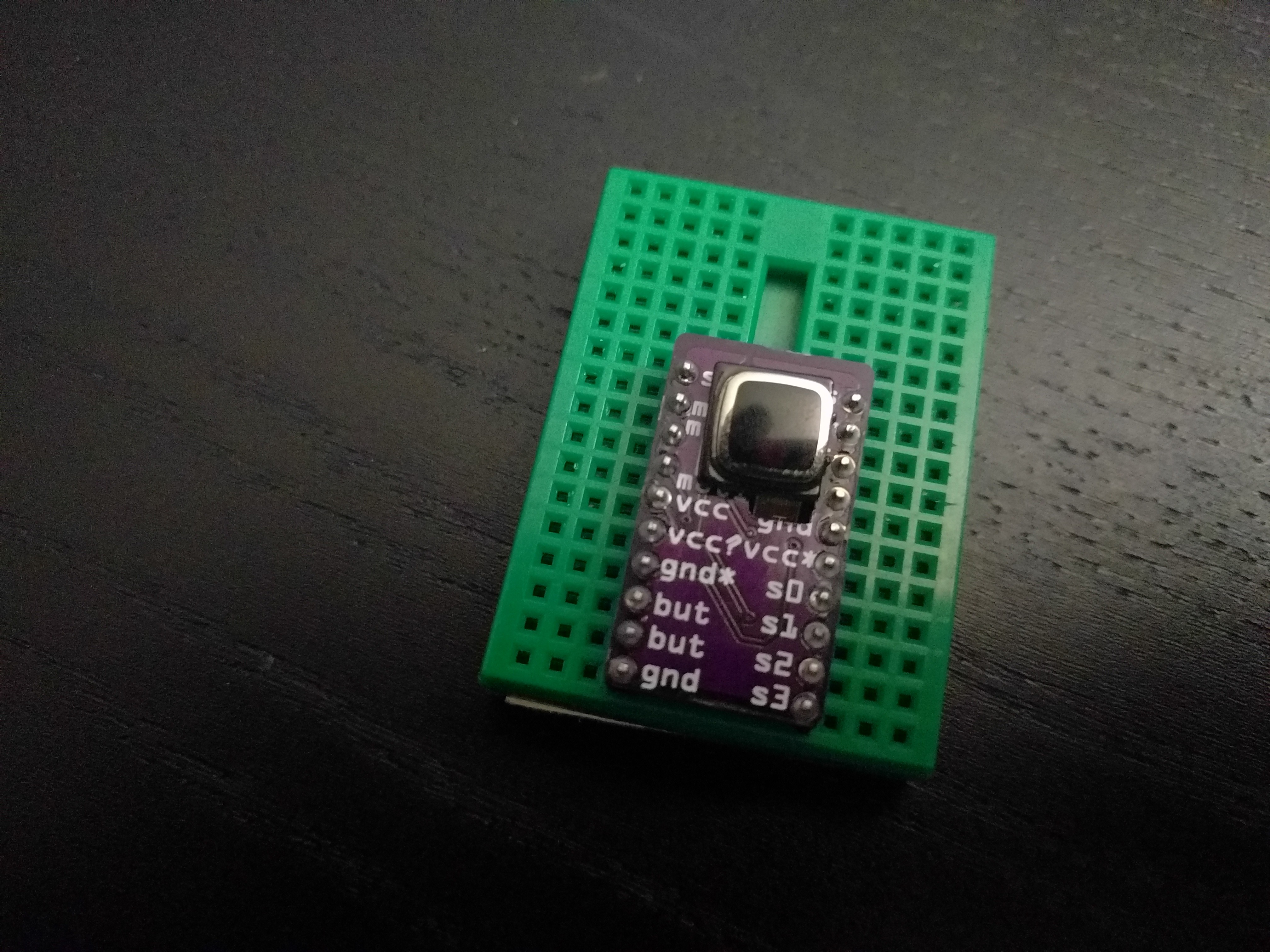
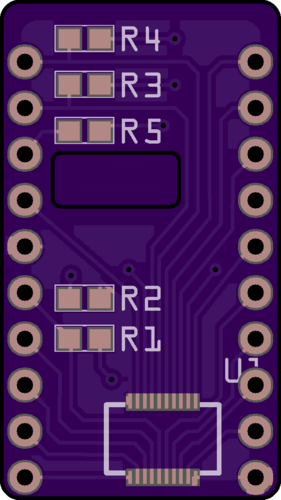
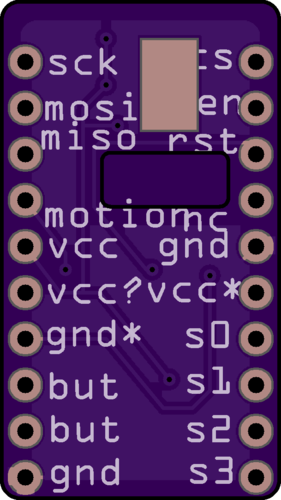
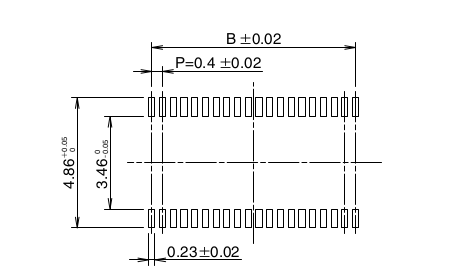
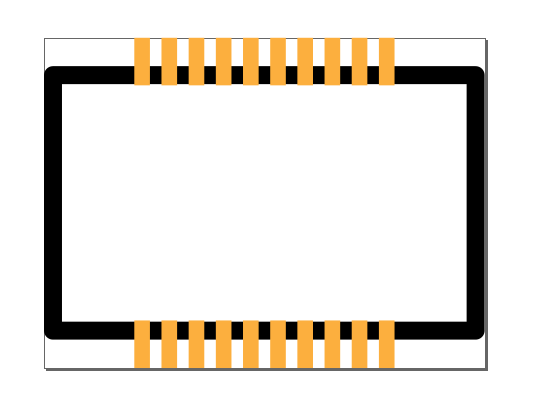

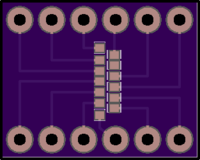


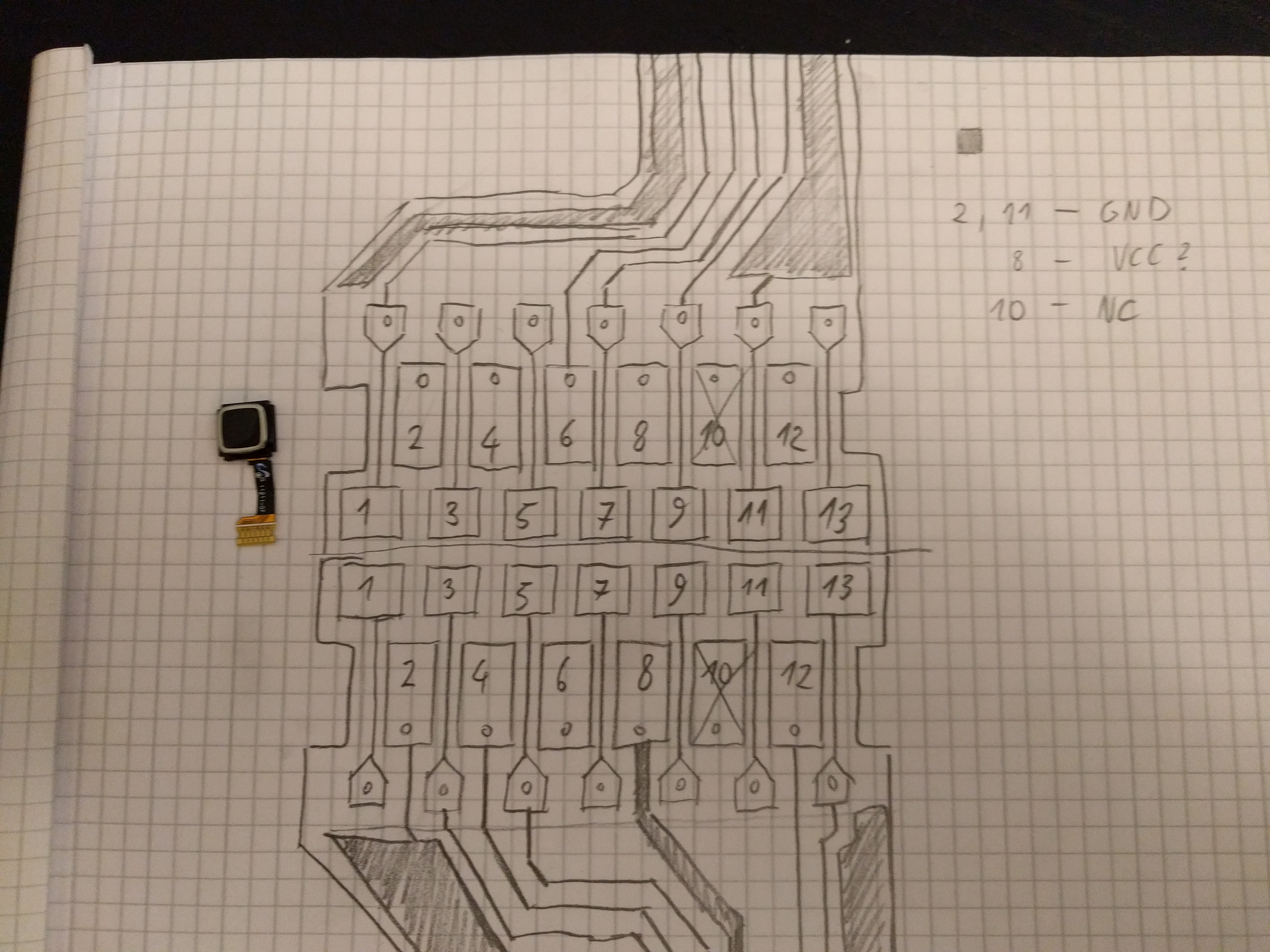
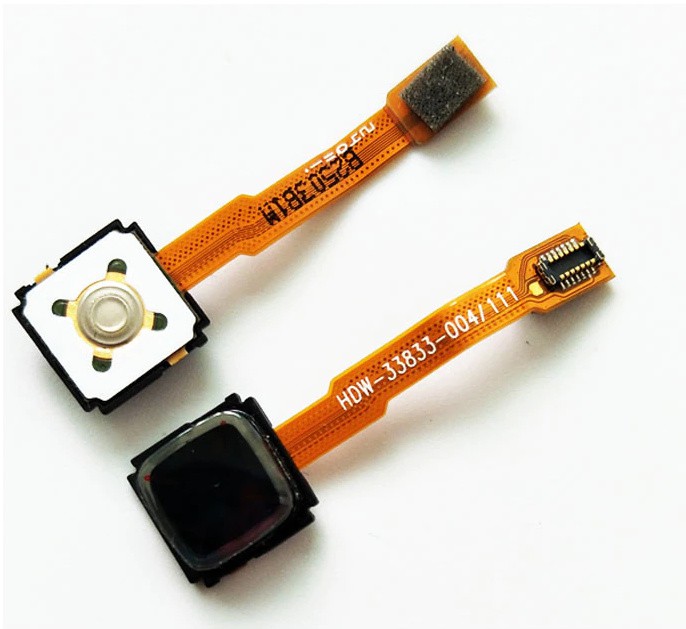


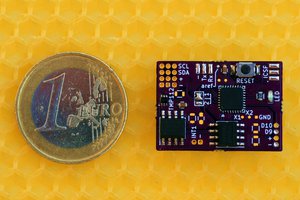
 Jan
Jan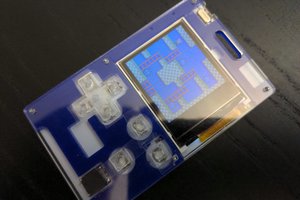
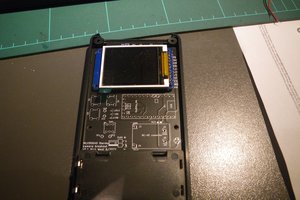
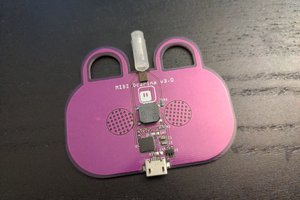
What a wonderful idea and I would like to suggest you the option of best topre keyboards you can click here and learn about this keyboard.